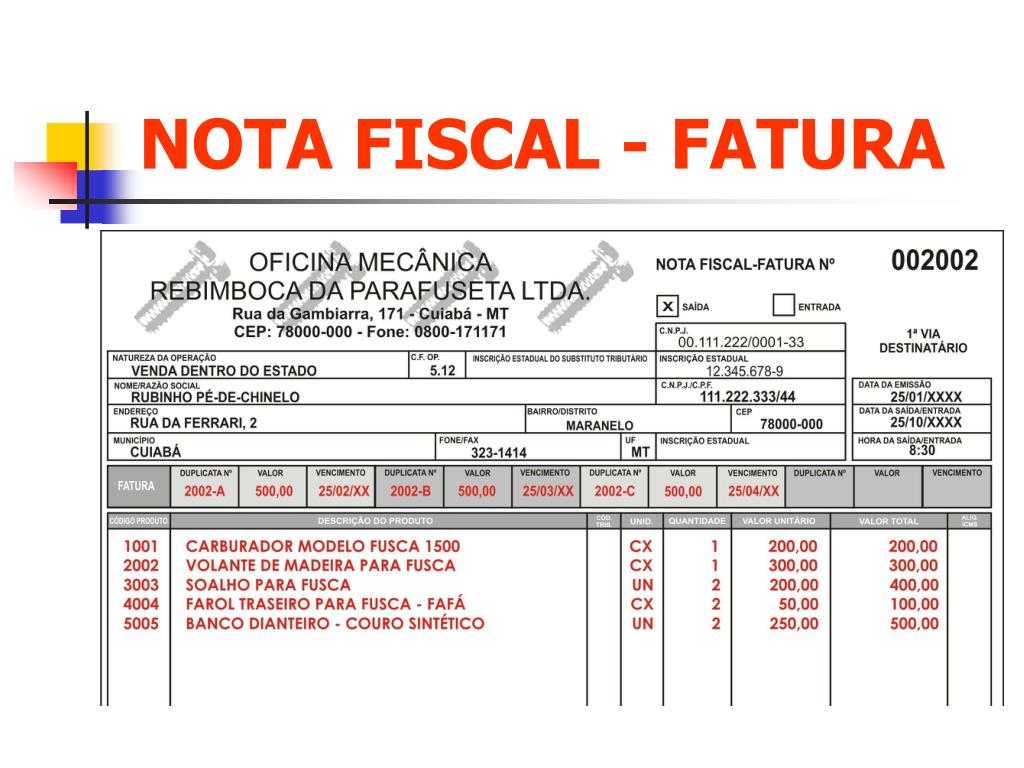
In this case, the NF-e must be cancelled (the cancellation XML must be sent to the government), the erroneous data must be corrected (for instance, an incorrect customer information or a required XML field is missing) and, if desired, the whole process will start over again.Ĭ. If the response is “Rejected”, there was at least one error with the passed data. If the response is “Authorized”, all went well, and the process can go on.ī. The response of the government(approval/Rejection) must be brought back to the ERP via RFC(Inbound interface), where one of these actions must be carried out:Ī. Data from the XML that have a corresponding value on the ERP are automatically fed to the RFC(outbound interface).Ĥ. Some fields that compose the XML file are not present on the ERP: a BAdI is provided to supply values for these (usually) customer specific data. When a new Nota Fiscal is posted, data must be sent to government: the RFC(outbound interface), is called automatically whenever a new billing (through VF01 or VF04), a relevant goods movements in IM that generates a Nota Fiscal is posted on the ERP.ģ. In order to achieve this, an outbound interface module is provided, with the same structure of the XML file.Ģ. NF-e must be sent to the government as a digitally-signed XML, with an specific layout. To transfer this XML Messages to and fro SEFAZ system an outbound/inbound interface is required.The document aims at overview of this interface along with functional overview Of when this NF Document would be generated.ġ. Generally SAP standard solution called GRC is used as a messenger between SEFAZ and SAP Both systems will communicate to each other through XML messages. Two systems are involved to support this new functionality: SAP ECC, providing all required fiscal and supplementary information from the ERP system and another server, which acts as messenger with SEFAZ. Only upon electronic approval by SEFAZ goods can be shipped to the business partner accompanied by a document stating its govermnemt approval (DANFe). For the electronic reviewing and approving/rejecting of fiscal invoices in real time the government established an organization called SEFAZ. This procedure is known as “NFe – Nota Fiscal Electrônica” (Electronic Fiscal Invoice).

Nota fiscal also serves as a financial document, meaning that customers view the nota fiscal as an invoice against which they make payment. Overview of Inbound/outbound interface using Nota FiscalĪccording to Brazilian law it is mandatory as of April 1 st 2010 to issue fiscal invoices electronically. fiscal invoices which are issued as per Brazilian law.

The issuance of invoices for services is much more complicated as they are controlled by over 5,000 local taxing jurisdictions.This paper would be helpful for Technical & Functional SAP consultants who want to have basic understanding of Nota Fiscal requirement i.e.
#Nota fiscal code#
It is given a unique authorisation code for inclusion in the XML file and ERP of the seller. This is then submit to the regional Secretaria da Fazenda Estadual – SEFAZ for validation and authorisation as a Nota Fiscal Electronica.The supplier first must generate an invoice in XML format with its unique digital signature.They are given an invoice generation key. The supplier must apply for a digital signature from their regional certified issuer. Transport services: Conheçimento de Trasporte Eletrônico (CT-e).Services: regional Nota Fiscal de Serviós Eletrônica (NFS-e).Goods: state-level Nota Fiscal Eletrônica NF-e.There are three types of electronic fiscal documents now mandated for all businesses to record transactions between businesses: You can keep up-to-date with VAT Calc’s global live VAT invoice transaction and e-invoice blog on country real-time reporting reforms. There are two other main e-invoice types in Brazil: NFC-e for B2C and NFS-e for services

Brazil NF-e pioneer since 2005īrazil’s e-invoicing regime, Nota Fiscal Eletrônica NF-e, is operated by SEFAZ, the tax authority for goods.

Simples Nacional enables a single reporting for a host of Brazilian taxes, including ISS PIS Cofins IPI and ICMS. Micro businesses using the consolidated tax Simples Nacional regime must use centralised portal (CGSN Resolution No. Small businesses must adopt government Simples Nacional e-invoicing from 1 January 2023


 0 kommentar(er)
0 kommentar(er)
